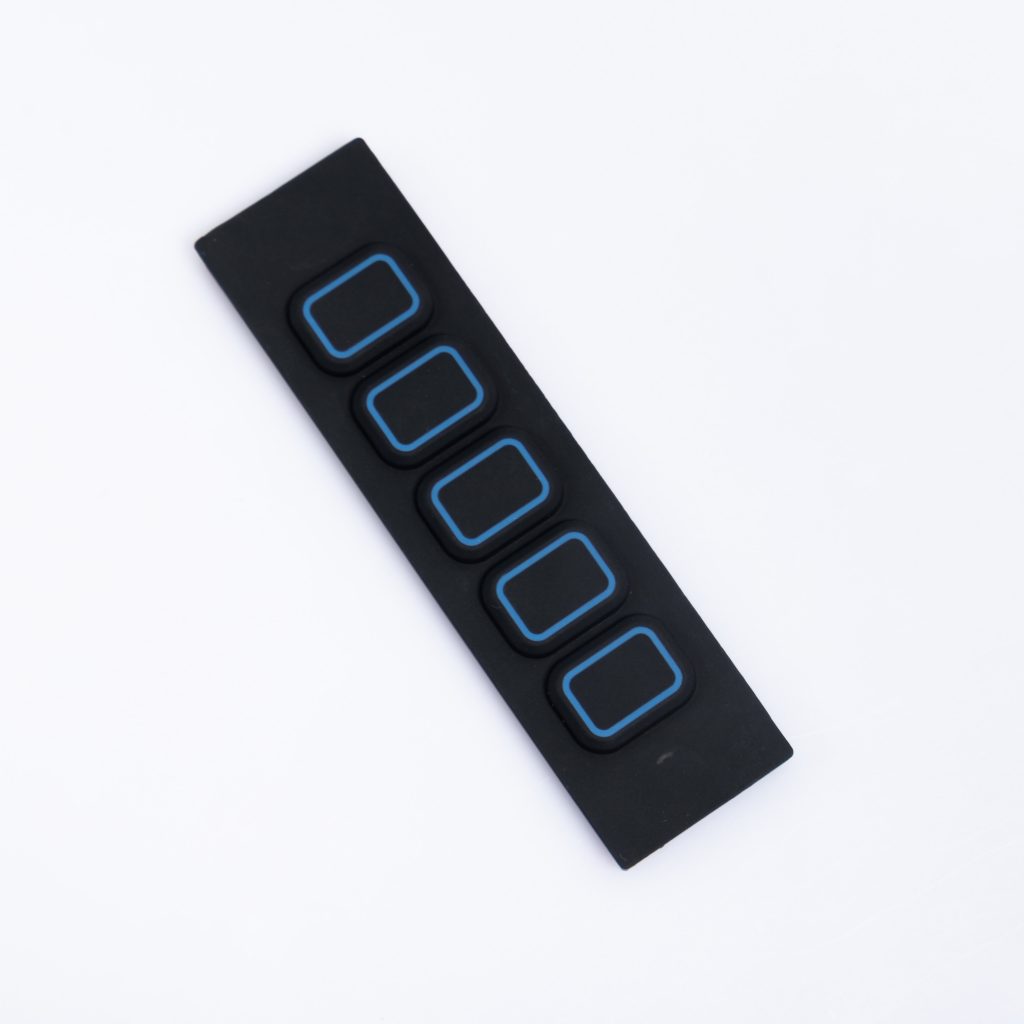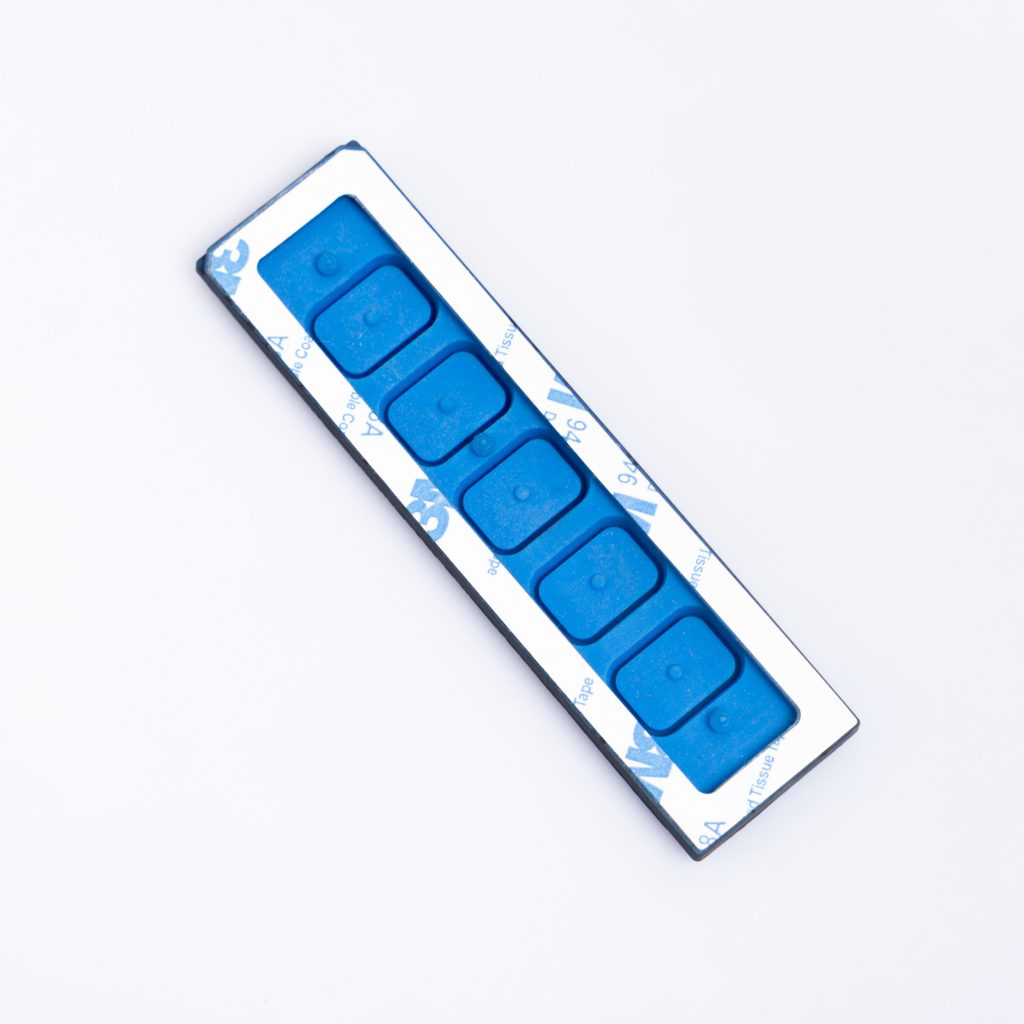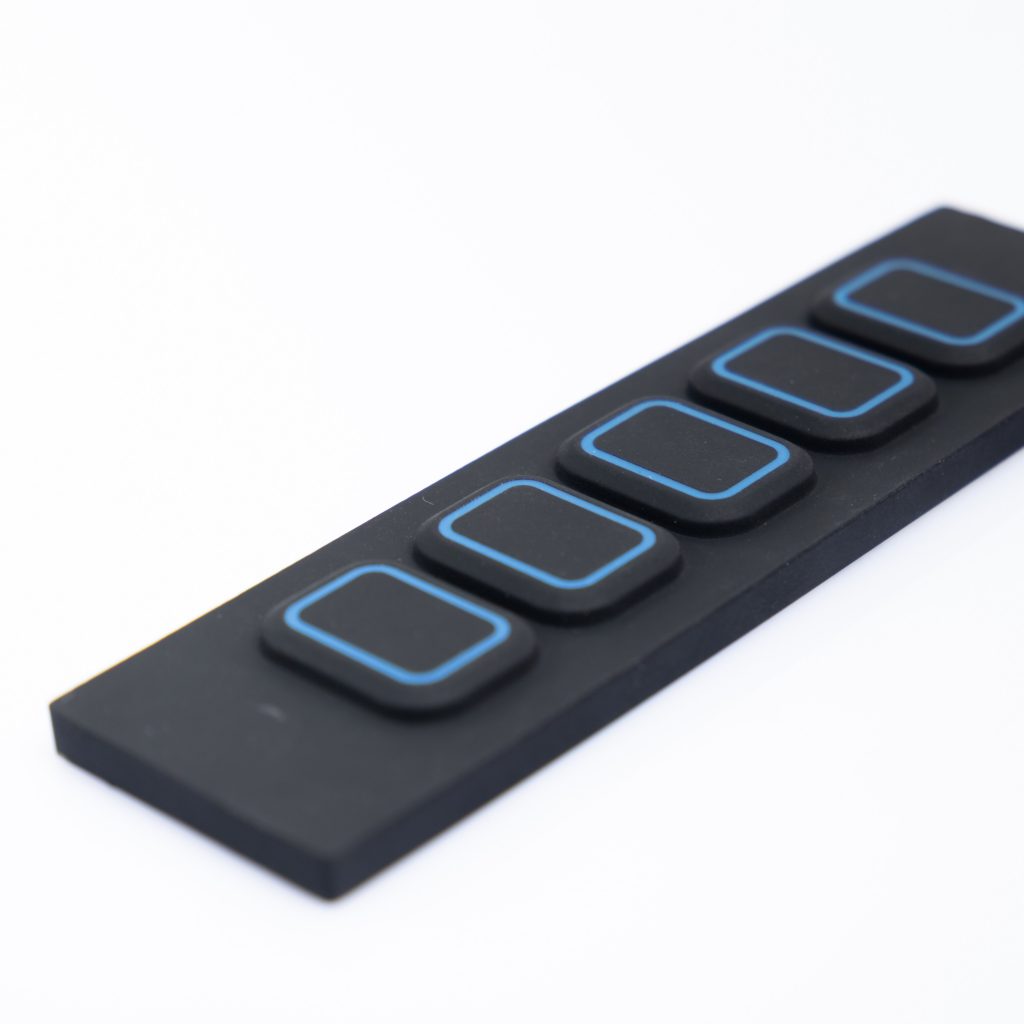Contact
Write to Us And We Would Be Happy to Advise You.
Do you have any questions, or would you like to speak directly with a representative?
By hqt
Silicone rubber keypads have become an integral part of various electronic devices, offering a reliable and user-friendly interface. These keypads, made from silicone rubber material, provide a tactile response, durability, and resistance to harsh environments. However, designing and manufacturing silicone rubber keypads requires careful consideration of technological requirements to ensure optimal performance and customer satisfaction. In this article, we will explore the technological requirements of silicone rubber keypads, discussing their design considerations, material properties, manufacturing processes, and more.



Designing silicone rubber keypads involves several important considerations to ensure their functionality and usability. Let’s delve into some key design aspects:
The primary goal of any keypad design is to provide a comfortable and intuitive user experience. Ergonomics play a vital role in achieving this objective. The keypad’s layout, key size, and spacing should be designed to accommodate the user’s natural hand position and finger movement. Additionally, incorporating visual cues such as backlighting or embossed symbols on keys enhances usability, especially in low-light environments.
The contact mechanism determines how the keys make contact with the underlying circuitry. There are two common types:
Actuation Force and Tactile Feedback
Actuation force refers to the amount of pressure needed to activate a key. Tactile feedback, on the other hand, provides a physical sensation or “click” to confirm key activation. Both actuation force and tactile feedback significantly impact user experience. Manufacturers must strike a balance between the force required to activate keys and the feedback provided to ensure comfortable and responsive keypresses.
Material Properties of Silicone Rubber Keypads
Silicone rubber, the primary material used in keypad manufacturing, possesses unique properties that make it an ideal choice. Let’s explore some of these properties:
Flexibility and Durability
Silicone rubber keypads are known for their excellent flexibility and durability. The material can withstand repeated and prolonged use without losing its shape or tactile response. It also offers resistance to environmental factors such as temperature variations, moisture, and UV exposure, making silicone rubber keypads suitable for various applications.
Chemical Resistance
Silicone rubber exhibits high resistance to chemicals, oils, and solvents. This property ensures that the keypad remains unaffected when exposed to common contaminants, such as cleaning agents or automotive fluids. The chemical resistance of silicone rubber enhances the longevity and reliability of the keypads, making them suitable for industrial and outdoor applications.
Electrical Insulation
Another crucial property of silicone rubber is its excellent electrical insulation characteristics. The material acts as an insulator, preventing the flow of electric current between keys and circuits. This property is particularly important in ensuring the integrity and safety of electronic devices, especially in high-voltage applications.
The manufacturing of silicone rubber keypads involves several processes, each contributing to the final product’s quality and performance. Let’s discuss the key manufacturing steps:
Mold Design and Fabrication
The first step in manufacturing silicone rubber keypads is designing and fabricating the molds. The mold design should accurately represent the desired keypad shape and incorporate features such as key legends, backlighting, and contact points. High precision is crucial to ensure uniformity across all keypads.
Material Selection and Preparation
Choosing the right silicone rubber compound is essential for meeting the technological requirements of keypads. The material should possess the desired properties, such as flexibility, durability, and chemical resistance. Once the material is selected, it undergoes preparation processes like mixing and degassing to remove air bubbles and ensure uniformity.
Compression Molding
Compression molding is the most commonly used manufacturing process for silicone rubber keypads. In this process, the prepared material is placed into the mold cavity, and pressure is applied to shape the material and fill the cavities accurately. Heat is then applied to cure the silicone rubber, resulting in a finished keypad with precise dimensions and features.
Printing and Surface Treatment
After the keypads are molded, printing and surface treatment processes are employed to enhance their appearance and functionality. Printing techniques like screen printing or laser etching are used to add legends, icons, or symbols on the keypad surface. Surface treatments such as coating or texturing improve grip, wear resistance, and visual aesthetics.
Silicone rubber keypads offer several advantages over alternative materials. These include:
Yes, silicone rubber keypads are highly suitable for outdoor applications. Their resistance to temperature variations, moisture, UV exposure, and chemicals makes them ideal for use in challenging environments.
Absolutely! Silicone rubber keypads can be customized in terms of shape, color, legends, backlighting, and tactile response. Manufacturers can work closely with clients to create keypads that meet their specific design requirements.
Yes, silicone rubber keypads are easy to clean and maintain. Their resistance to chemicals allows them to be cleaned with common cleaning agents without affecting their performance or appearance.
Yes, silicone rubber keypads find applications in various industries, including medical devices. Their biocompatibility, durability, and resistance to sterilization processes make them suitable for medical environments.
The lifespan of silicone rubber keypads depends on several factors, including usage, environmental conditions, and design quality. However, with proper design, manufacturing, and usage, silicone rubber keypads can last for years without significant degradation in performance.
Technological requirements play a crucial role in the design, manufacturing, and performance of silicone rubber keypads. From ergonomic considerations to material properties and manufacturing processes, every aspect contributes to delivering a reliable and user-friendly interface. By understanding and meeting these requirements, manufacturers can produce silicone rubber keypads that excel in durability, functionality, and overall user satisfaction.
So, the next time you interact with a silicone rubber keypad, whether it’s on your TV remote, medical device, or industrial control panel, remember the careful technological considerations that have gone into creating that intuitive and reliable interface.
Do you have any questions, or would you like to speak directly with a representative?